Climate Change Is Amazing—If You’re a Rat: How Warming Cities Are Fueling an Urban Infestation
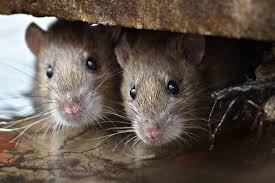
Climate change is altering ecosystems around the world, but it seems the unexpected beneficiaries are urban rats.
A new study has found a troubling link between rising urban temperatures and rat populations, adding another consequence to the growing list of climate-related disasters, NatGeo reported.
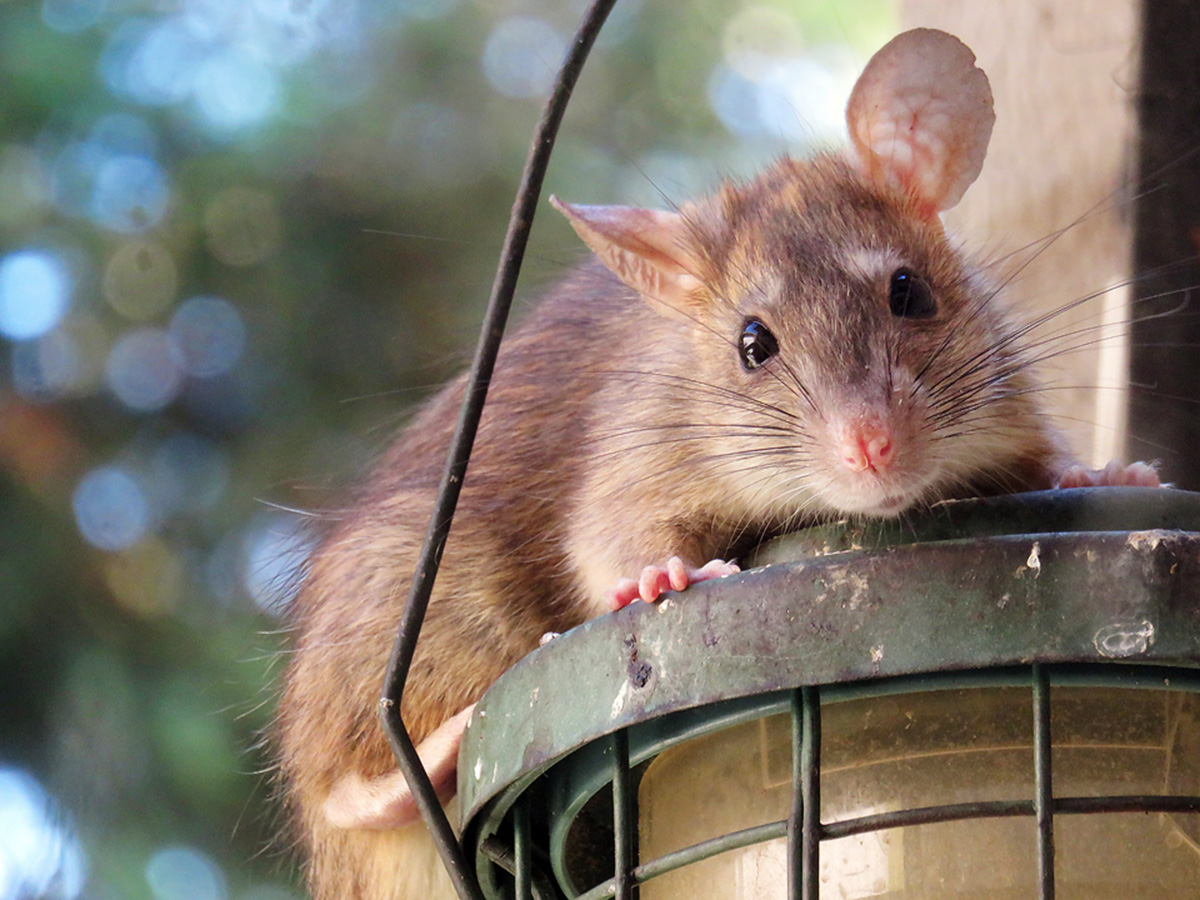
Rats are a costly problem. In the U.S. alone, they cost an estimated $27 billion each year by gnawing on objects, contaminating food, and spreading disease. While city dwellers have long suspected that rat populations are on the rise, definitive information has been hard to come by. Many municipal pest control departments are underfunded and focused on rat eradication rather than long-term human studies.
To fill this gap, Jonathan Richardson, an environmental scientist at the University of Richmond, and his team turned to an unusual source of information: 311 complaints. In cities where it’s really hot, rats thrive.
Their study, published in Science Advances, found that rat complaints increased significantly in 11 of the 16 cities surveyed. Washington, D.C., saw the highest number of rats, followed by San Francisco, Toronto, New York City and Amsterdam. Other cities, including Chicago, Boston, Buffalo, Kansas City and Cincinnati, also reported rat infestations.
Richardson believes climate change is the most important factor in this situation. In a colder climate, mice will remain active year-round, increasing their chances of survival and extending their breeding season. Warmer days also mean more food is available, which can help the population grow. However, time is not the only factor at play – urbanization and population growth have also led to an increase in rodent populations.
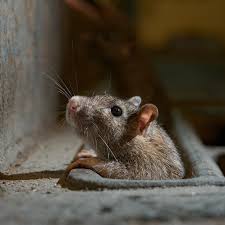
Interestingly, other variables that the researchers expected to influence mouse populations, such as wealth and low temperatures, did not show a strong correlation. This shows that while climate change is a major factor, urban policies and waste management practices also play a significant role.
The city that is winning the battle against the pandemic
Not every city has seen a rise in rat populations. Three cities, New Orleans, Louisville and Tokyo, have addressed the problem and seen their rat populations decrease. Their success gives us a glimpse into what works in urban rat control.
The city of New Orleans, historically plagued by rats, has turned to pest control. Richardson attributes their success to a dedicated rat control group and a public education campaign that helps people reduce conditions that attract rats.
Tokyo’s success with rats may have something to do with how clean its culture is. The city has strict sanitation laws, and people report rats. This vigilance and good governance in cities help prevent the spread of rats.
These examples show that while climate change is causing rat populations to increase in many cities, pest control methods can still be effective.
The urban rat problem
While this study provides clear evidence of increasing rat populations, it also highlights the challenges of urban ecology. Things like green space and food availability contribute to the challenges.
Some research suggests that well-maintained parks and green spaces can reduce rat populations by providing natural predators or by disrupting nests. However, neglected green spaces, vacant lots, and narrow paths can have the opposite effect, providing shelter and food for rats.
Tully Caspi, an urban biologist at the University of California, Davis, emphasizes that it is difficult to provide a comprehensive explanation for rat behavior. His research on coyotes in San Francisco has shown that their diet varies depending on location—they eat more rats near restaurants, but their diet varies in other areas. This suggests that the interaction of wildlife, human activity, and the environment as a whole contributes to the development of rodents.
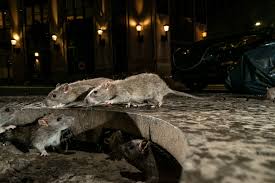
Caspi also cautioned that differences in economic status can affect how often people report seeing rats. In some areas, residents are unable to call 311 due to distrust in government services, which could compromise data.
A Strong Opponent
As global warming increases and cities expand, urban rats are expected to become more numerous in many areas. Richardson’s research adds to a growing body of evidence that climate change is not only altering ecosystems but also reshaping rural areas in unexpected ways.
But some cities are proving that with strong pest control measures, the situation can be reversed. The challenge now is for policymakers, scientists, and urban planners to develop new rodent control strategies that take global warming into account. Rats have been with humans for centuries, inhabiting almost every habitat we have created. As Richardson aptly puts it, “We are fighting a species that must be fought.”
What About Rwanda?
While there is limited scientific data on rat population trends in Rwanda, the country’s rapid urbanization and climate change impacts—such as shifting temperatures and food availability—could influence rodent populations.
The Rwandan government has taken a proactive approach through Integrated Pest Management (IPM) strategies, focusing on sustainable pest control, public education, and responsible pesticide use.
Though these efforts primarily target agricultural pests, urban sanitation and waste management initiatives may also help curb rat infestations. Continued monitoring and research will be essential to understand and mitigate the potential rise of urban rodent populations in Rwanda.
Trending Now
Hot Topics
Related Articles
Empowering Women, Nurturing Forests: Lessons from Gishwati-Mukura’s Beekeepers
Rwanda celebrated the International Day of Biosphere Reserves on November 3–4, 2025,...
After Three Women Crossed Continents for Bees, Rwanda’s Biosphere Day Buzzes with Empowerment
As the world prepares to celebrate the International Day for Biosphere Reserves...
DER SPRACHEN HUB | GERMAN LANGUAGE ACADEMY LAUNCHES A SPECIAL DISCOUNT ON GERMAN LANGUAGE COURSES
As part of celebrating its achievements in advancing German language education in...
Rwanda’s Geopark Vision: Where Nature, Science, and People Meet
In September 2025, stakeholders from across Rwanda convened in Musanze for the...








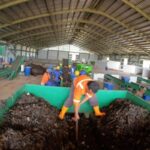


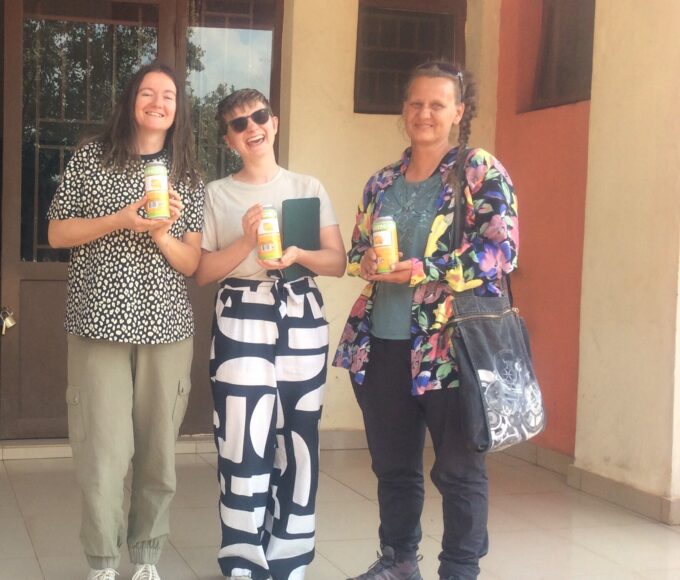


Leave a comment